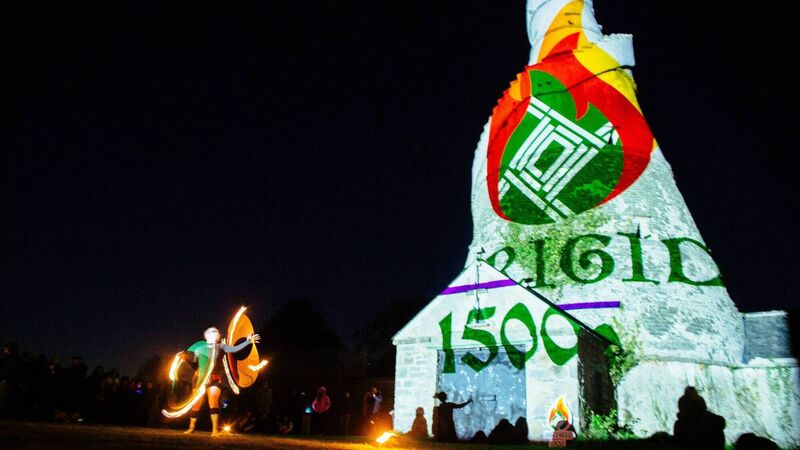Brigid: A guide and a muse to modern women

The Brigid 1500 logo illuminates the Wonderful Barn, Leixlip. Picture: Steve O’Connor
As many of us relax and enjoy our newest Bank Holiday on St Brigid’s Day, we honour the saint herself by meeting the people who use Brigid in her many forms as both a guide and a muse.
takes a look at the name in history connecting in with both Oliver Cromwell and Adolf Hitler.











